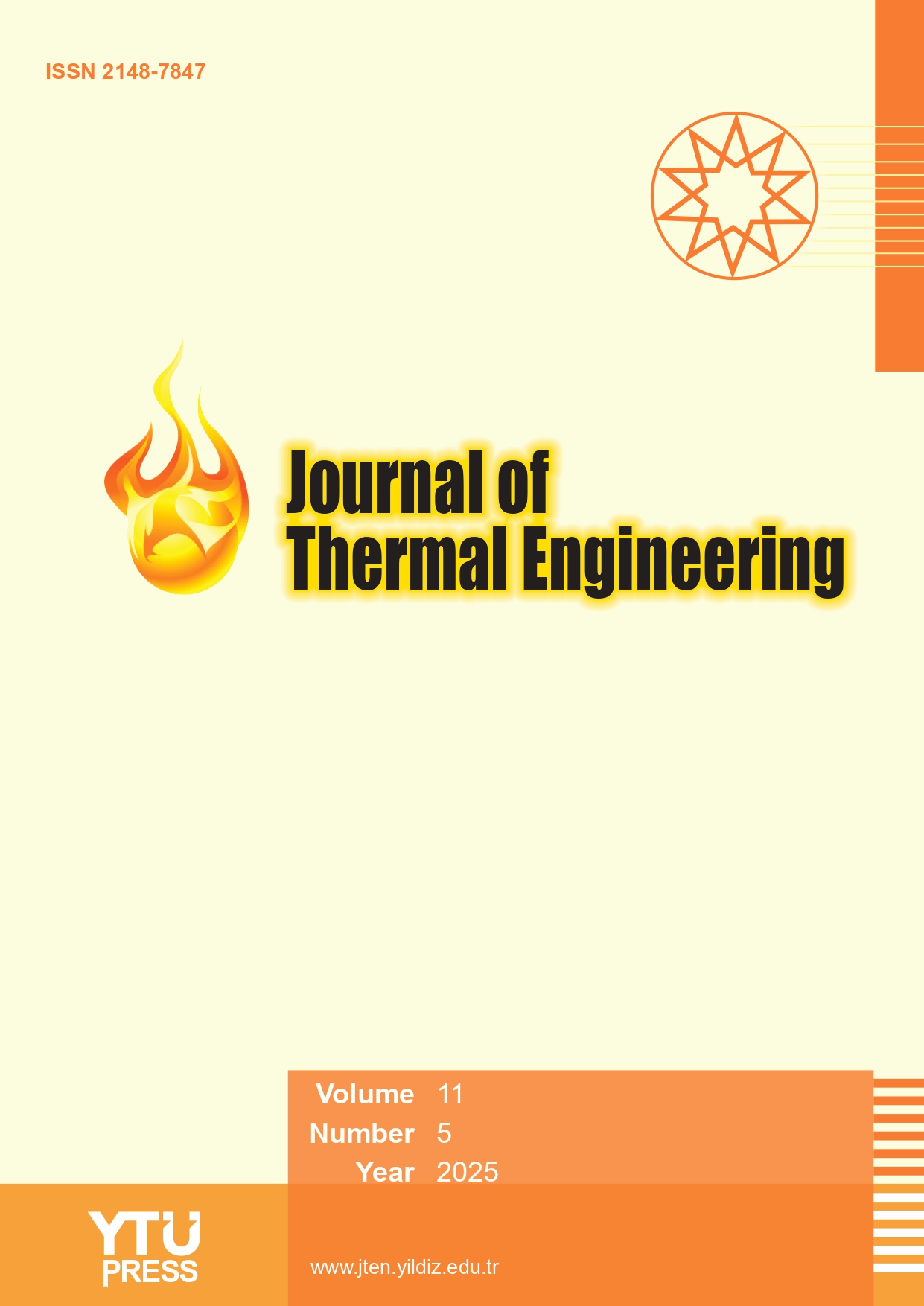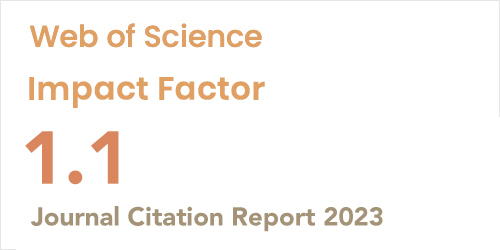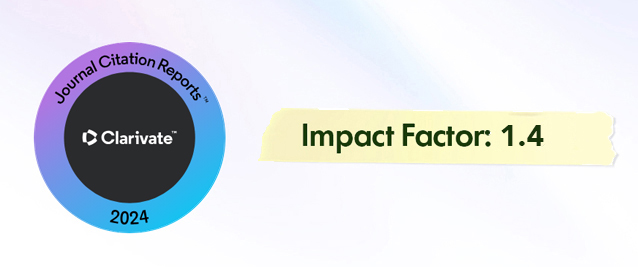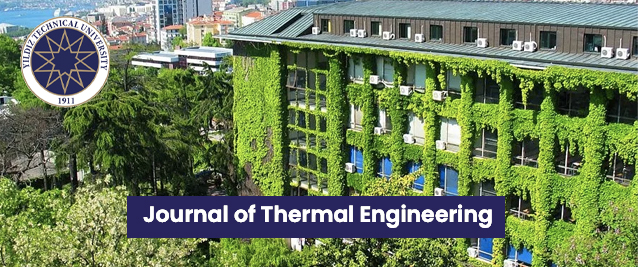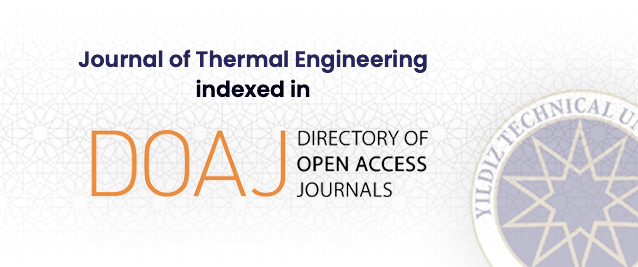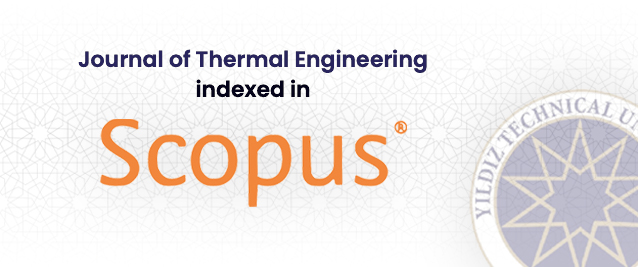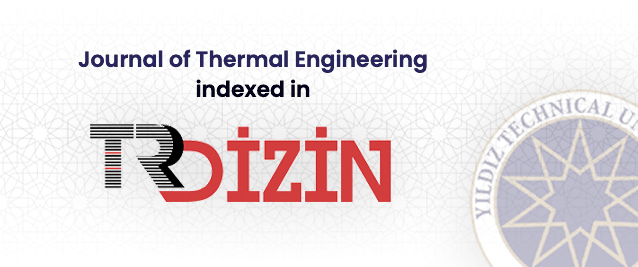Abstract
This study addresses the critical need to improve the efficiency of solar flat plate collectors (FPC) where the key factors influencing their performance include the choice of working fluids, exposure to sunlight, and minimizing heat loss. Carbon-based nanofluids, known for their exceptional thermal stability and heat transfer properties, emerge as a promising solution. This research presents an innovative approach by combining carbon-based (ethylene glycol-diamond) and metal-oxide-based (alumina) hybrid nanofluids to boost collector efficiency. Additionally, a two-step strategy is employed to reduce reflection losses. A triple glaze is applied to the collector’s top surface, followed by vacuum glazing. The latter, consisting of three layers of low-iron glass with an emissivity of 0.20 and a solar transmittance of 0.87 which reduces the glass thickness. This integration of vacuum glass and hybrid nanofluid results in an 82% increase in FPC efficiency. The nanofluids, with nanoparticles sized between 100 and 200 nm and material volume fractions of 0.3% for carbon-based and 0.1% for metal-oxide-based components, circulate at 4 L/min. Ethylene glycol has an energy efficiency of 58%, alumina 68%, and diamond nanofluids 71.8%. Heat transfer coefficients are 0.88 for ethylene glycol, 0.93 for alumina-based nanofluids, and 0.98 for diamond-based fluid. The hybrid nanofluids also exhibit heat loss ranging from 2.4 W/m.K to 4.0 W/m.K. Triple glaze vacuum layers achieve an efficiency peak of 82%, significantly reducing heat loss to 700W compared to single and double layers. The study utilizes Python in an Anaconda Jupyter notebook for detailed system modeling, facilitating thorough simulation of the system.


